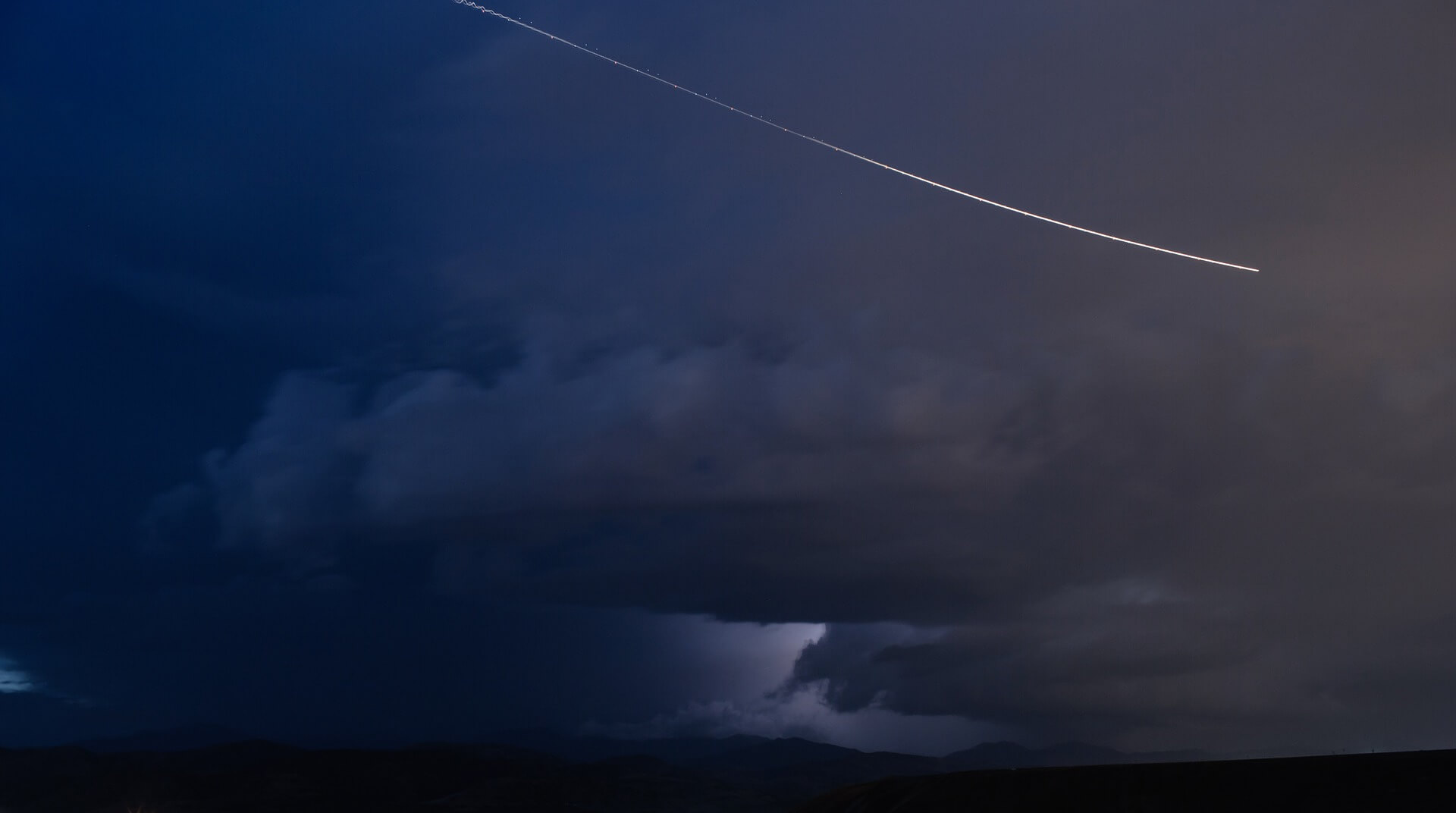Astronomers have recently spotted an asteroid, cataloged as “2019 LF6”, who has set the record for the shortest year among those of its kind – it orbits the sun in only 151 days.
The asteroid crosses that space in an unusual elliptical roadtrip that brings it closer to the Sun than even Mercury and then causes it to travel way past Venus on the other end. In addition to that, it’s also quite large, measuring up about 1 kilometer across.
“You don’t find kilometer-size asteroids very often these days,” Quanzhi Ye, the postdoctoral scholar at CalTech who discovered it, has said. “Thirty years ago, people started organizing methodical asteroid searches, finding larger objects first, but now that most of them have been found, the bigger ones are rare birds. LF6 is very unusual both in orbit and in size—its unique orbit explains why such a large asteroid eluded several decades of careful searches.”
The asteroid was discovered thanks to the Zwicky Transient Facility, a high-tech camera located at the Palomar Observatory. The ZTF is responsible for scanning the skies for transient objects that can be anything from exploding stars to asteroids and, because it’s capable of scanning the sky quite fast, it’s perfect for finding the ‘Atira’ asteroids, which usually only have 20 to 30-minute observation windows.
The ZTF team even formed a special, dedicated observing program to catch the Atira asteroids, dubbed Twilight (as twilight is the best time of the day to discover them). The program was developed by Ye and Wing-Huen Ip of the National Central University in Taiwan and has been responsible for discovering another Atira asteroid dubbed 2019 AQ3.
The 2019 AQ3 asteroid was the previous record holder for the shortest known year of an object of its kind, standing at 165 days.
“Both of the large Atira asteroids that were found by ZTF orbit well outside the plane of the solar system,” Tom Prince, Ira S. Bowen Professor of Physics at CalTech said. “This suggests that sometime in the past they were flung out of the plane of the solar system because they came too close to Venus or Mercury.”
The Twilight program has shown its worth so far and Ye looks towards the future at a possible selection by NASA’s Near-Earth Object Camera mission – a spacecraft designed to specifically looks for asteroids closer to the sun. The Near-Earth Object Camera would be capable of picking up the heat signatures of asteroids.
“Because Atira asteroids are closer to the sun and warmer than other asteroids, they are brighter in the infrared,” George Helou, executive director of IPAC (a CalTech astronomy center) said.”NEOCam has the double advantage of its location in space and its infrared capability to find these asteroids more easily than telescopes working at visible wavelengths from the ground.”
Follow TechTheLead on Google News to get the news first.





















